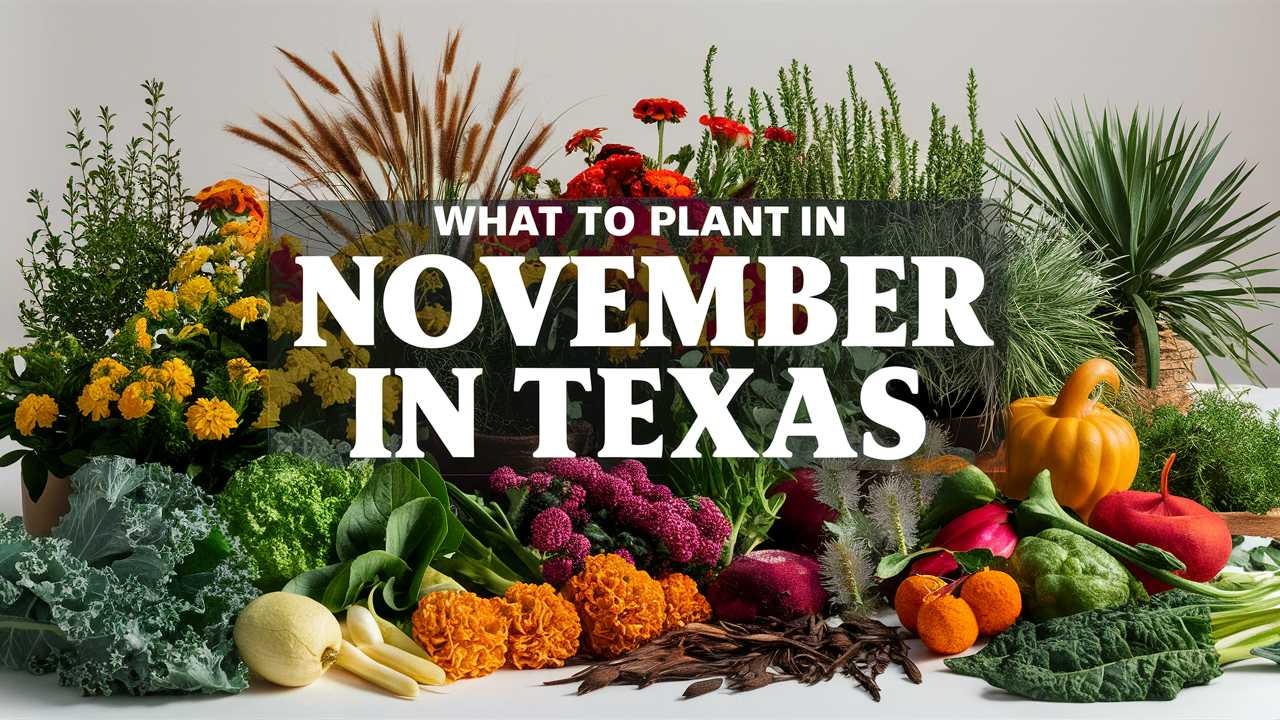Understanding which plants can thrive in November is key to ensuring a successful harvest and vibrant garden. Below is a comprehensive guide on what to plant in November in Texas.
Vegetables To Plant
In Texas, the diverse climate allows for a variety of vegetables to be planted in November. Depending on the region, planting specifics may vary, but here’s a detailed list to consider:
Broccoli
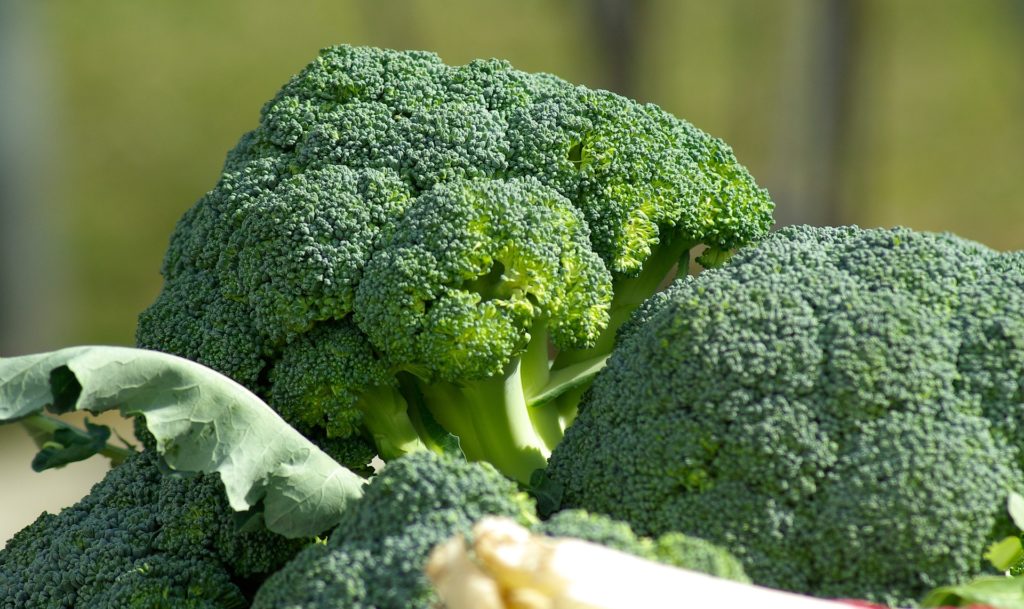
Broccoli thrives in the cooler months and can be sown directly in the garden or started indoors. The ideal planting window for broccoli in Texas is from late October through November.
Temperature Tolerance: Prefers temperatures between 60-70°F.
Regions: Ideal for the northern and central regions of Texas (USDA Zones 6-8). South Texas may find it challenging to grow due to warmer temperatures.
Spinach
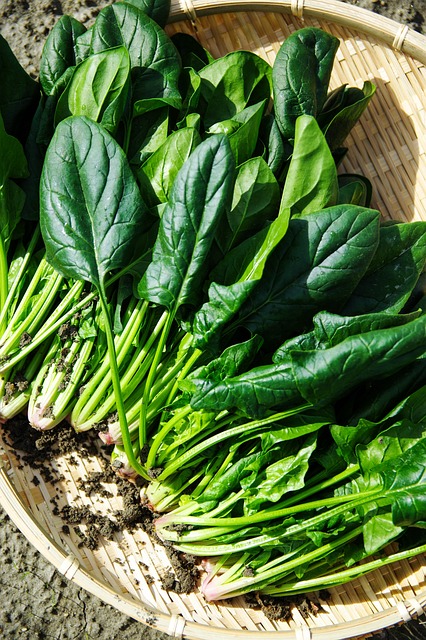
Spinach is another cool-season crop that can be directly sowed in the garden in November. This fast-growing leafy green prefers cooler weather, which enhances its sweetness.
Temperature Tolerance: Grows best in temperatures between 55-70°F.
Regions: Suitable for all USDA zones in Texas. However, during severe frosts, a row cover may be beneficial.
Carrots
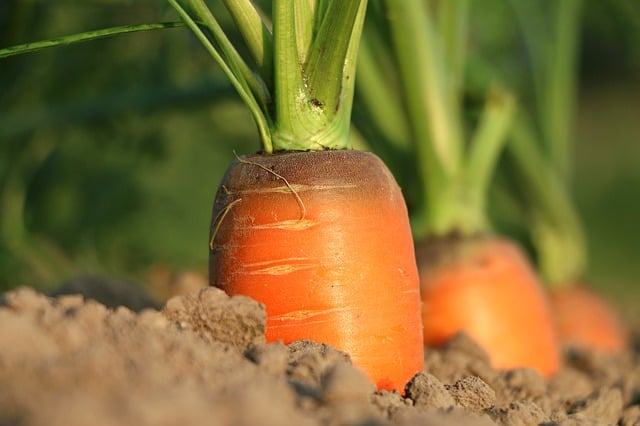
Carrots can be sown in November, adding to the garden’s diversity. They generally require a longer growing season, so ensure seeds are planted early in the month.
Temperature Tolerance: Optimal growth occurs at 50-75°F.
Regions: Applicable across all regions in Texas, but they’ll need protection against hard freezes in northern areas.
Garlic
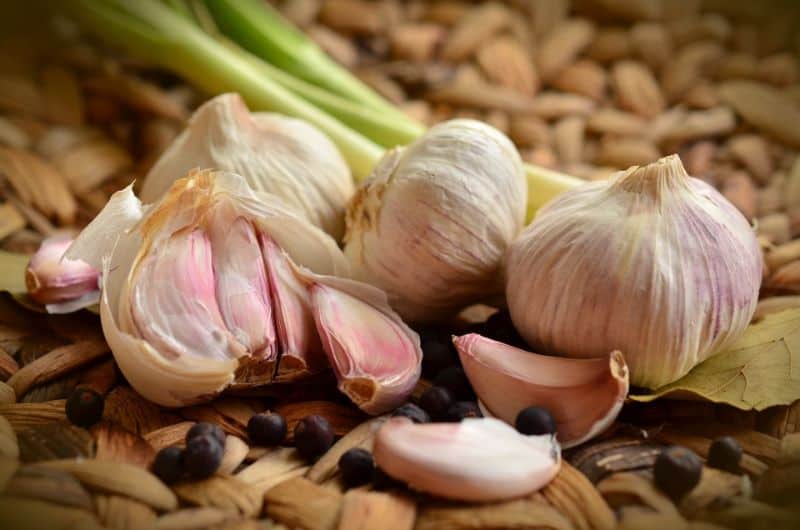
November is the prime time to plant garlic in Texas, ensuring that it establishes roots before the ground freezes.
Temperature Tolerance: Resilient to a wide range, most effective between 50-70°F.
Regions: Can be grown successfully in all USDA zones, although the timing may differ slightly.
Rutabaga
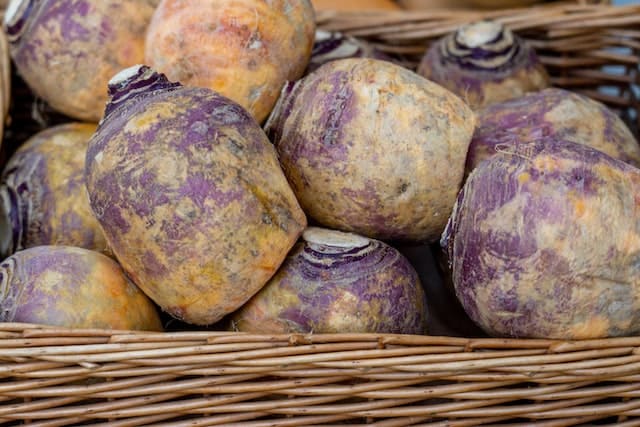
Rutabaga, a less common root vegetable, can be sown in November as well. This hardy plant thrives in cool weather.
Temperature Tolerance: Grows well between 40-70°F.
Regions: Best suited for northern and central Texas (USDA Zones 7-8).
Mustard Greens
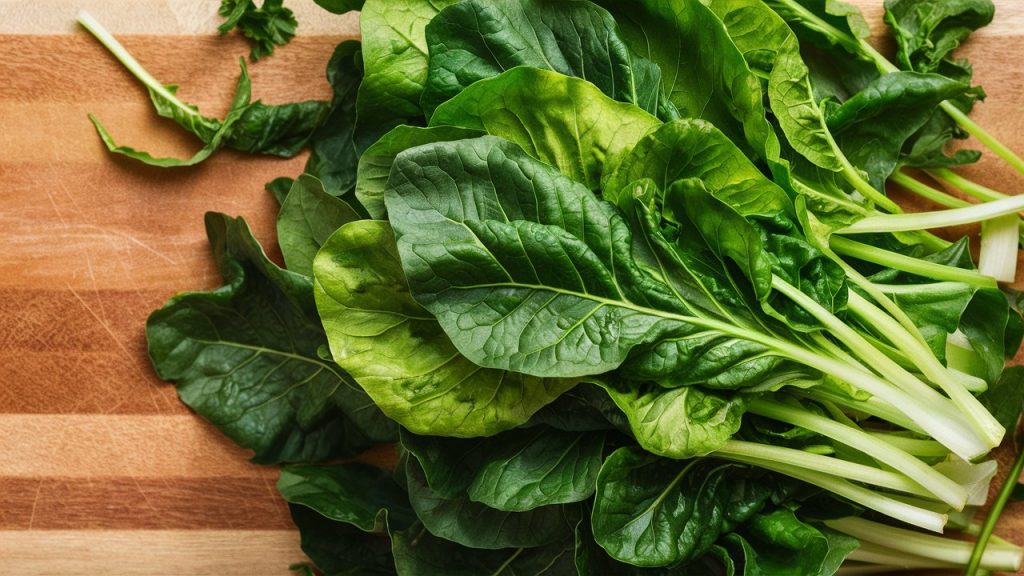
These greens are quick to germinate and can be planted throughout November. Their peppery flavor enhances many dishes during the winter months.
Temperature Tolerance: Ideal at 50-65°F.
Regions: Thrives in all USDA zones, even in southern areas where winter isn’t particularly harsh.
Brussels Sprouts
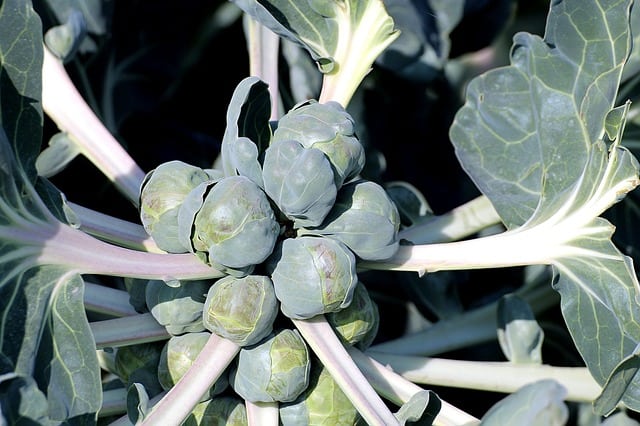
Brussels sprouts, known for their ability to endure cold, can be planted early in the month.
Temperature Tolerance: Prefers temperatures around 60°F but can withstand colds down to the mid-20s.
Regions: Suitable for northern and central Texas (USDA Zones 6-8).
Onions
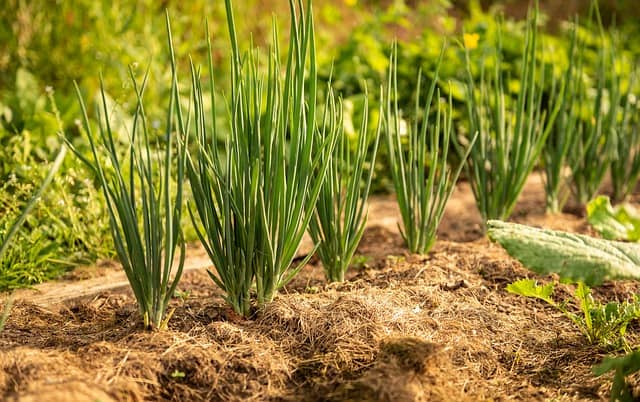
November heralds the perfect time to plant onions in many areas of Texas. They can be grown from seeds, sets, or seedlings.
Temperature Tolerance: Ideal growth occurs between 55-75°F.
Regions: Suitable for all USDA zones with appropriate varieties for each region.
Peas
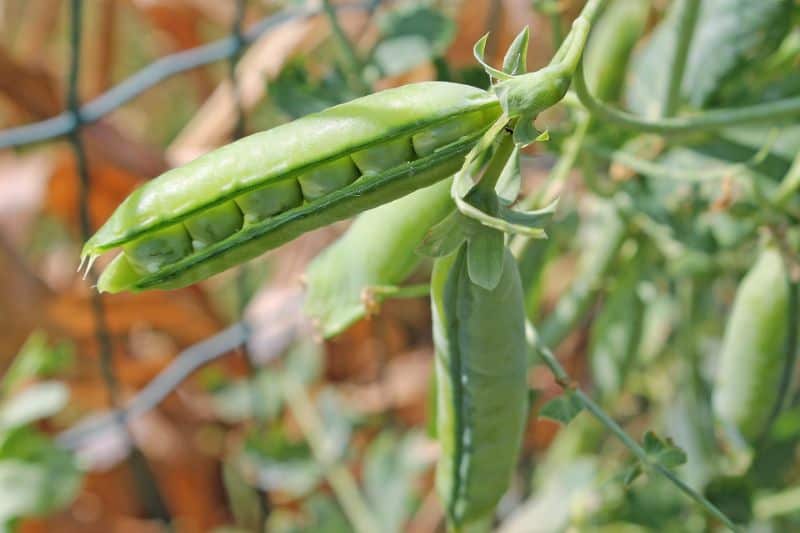
Peas can be a delightful addition to any November garden. Plant them early in the month, and they’ll benefit from the cooler temperatures.
Temperature Tolerance: Grows best between 55-70°F.
Regions: Best in northern Texas; in southern areas, these are typically planted in late winter.
Collard Greens
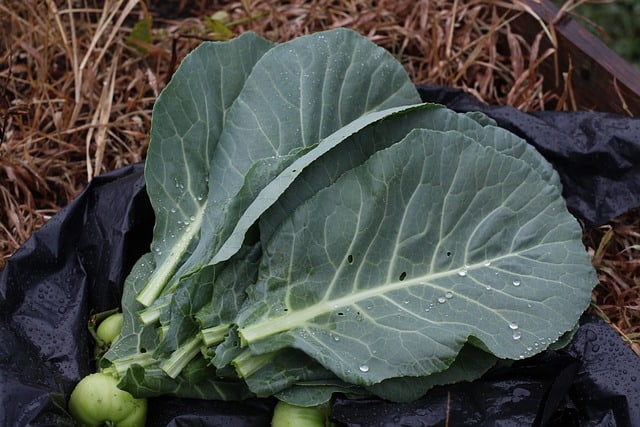
Collard greens are hardy, leafy vegetables that can withstand cold and flourish in Texas gardens during November.
Temperature Tolerance: Prefers temperatures between 50-65°F.
Regions: Generally suitable across all USDA zones.
Flowers To Plant
In November, planting flowers provides a splash of color that can brighten up the winter months. Here are ten gorgeous blooms to consider:
Pansies
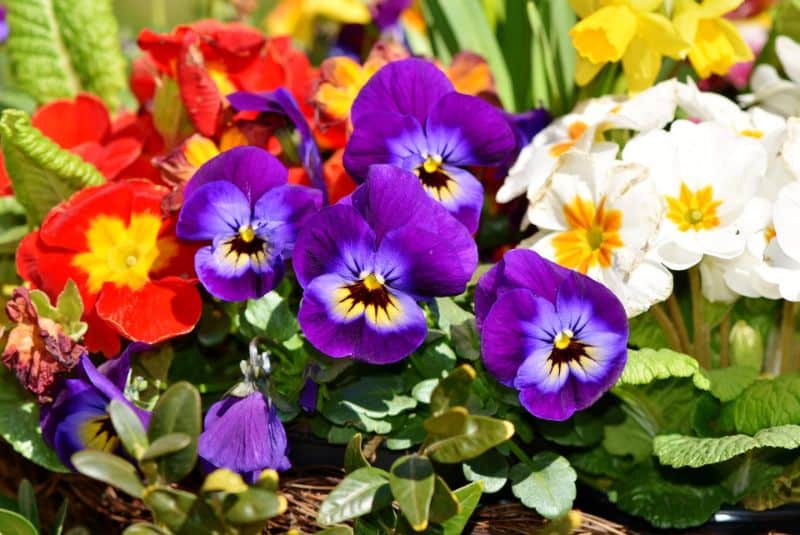
Pansies are versatile flowers ideal for planting in November, striking with their vivid colors.
Temperature Tolerance: Thrive in cool weather, with temperatures ideally between 45-65°F.
Regions: Perfect for all USDA zones in Texas, though southern areas can expect blooms to last longer.
Snapdragons
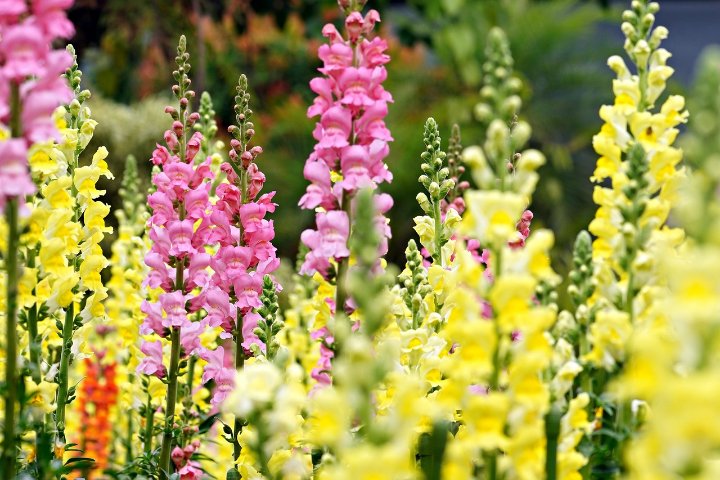
Snapdragons can be planted in November to add vertical interest to gardens while providing blooms from winter through spring.
Temperature Tolerance: Prefer temperatures of 60-70°F.
Regions: Best suited for all Texas regions, especially in mild areas where they can continue growing through the winter.
Cyclamen
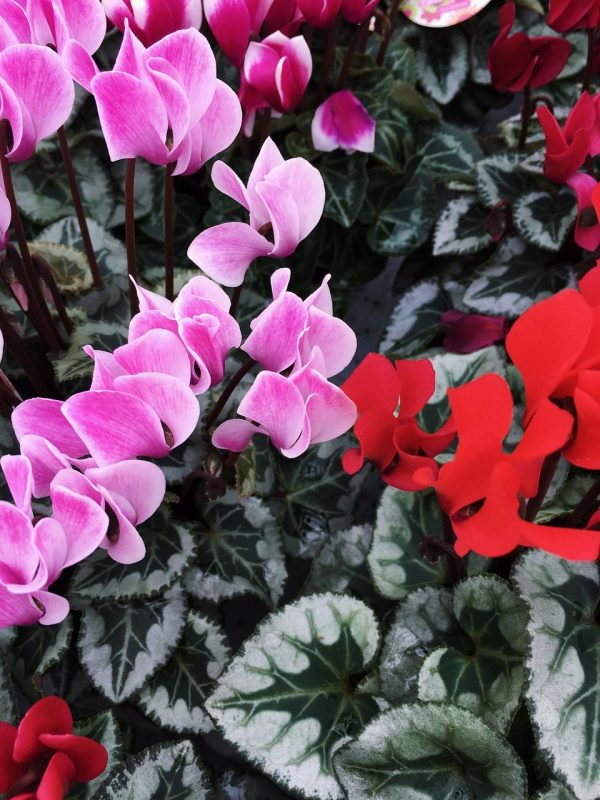
Cyclamen can add elegance with their charming blooms and attractive foliage.
Temperature Tolerance: Ideal growth occurs between 50-65°F.
Regions: Suitable for USDA Zones 8-9 but may not survive severe freezing temperatures.
Ornamental Kale
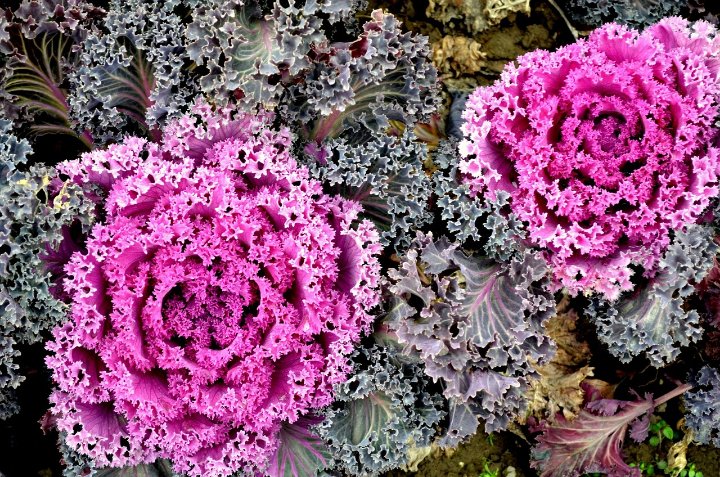
This unique plant not only adds color but also structure to flower beds. It can be planted in late November.
Temperature Tolerance: Grows best in cooler temperatures, around 45-50°F.
Regions: Suitable for all zones; be mindful of frost in northern areas.
Sweet William
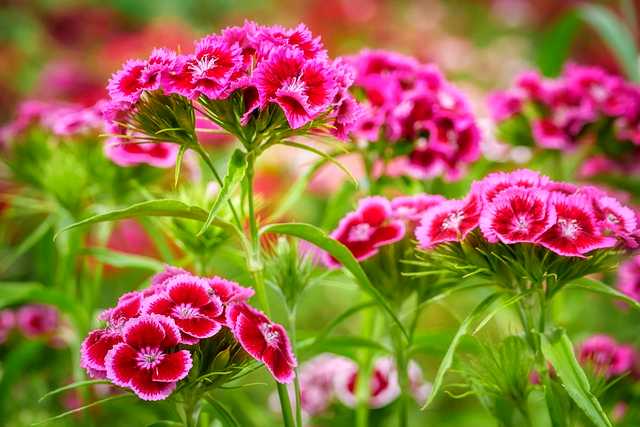
Sweet Williams are biennials that can be sowed in November, featuring clusters of colorful blooms.
Temperature Tolerance: Thrives in temperatures between 60-70°F.
Regions: Best for Zones 6-9 in Texas.
Nigella (Love-in-a-Mist)
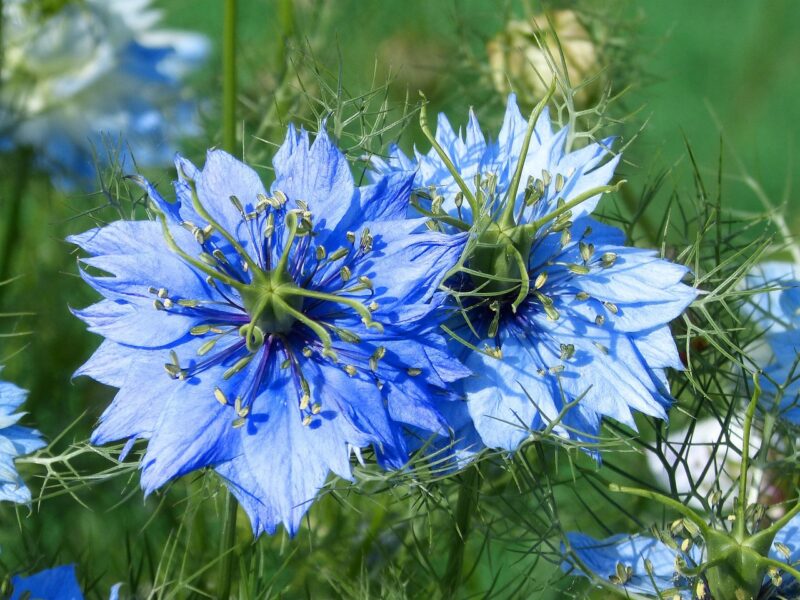
Nigella is an enchanting flower, perfect for adding texture to gardens with its feathery foliage and unique seed pods.
Temperature Tolerance: Flourishes in cooler climates around 50-60°F.
Regions: Ideal for Zones 7-9.
Stock
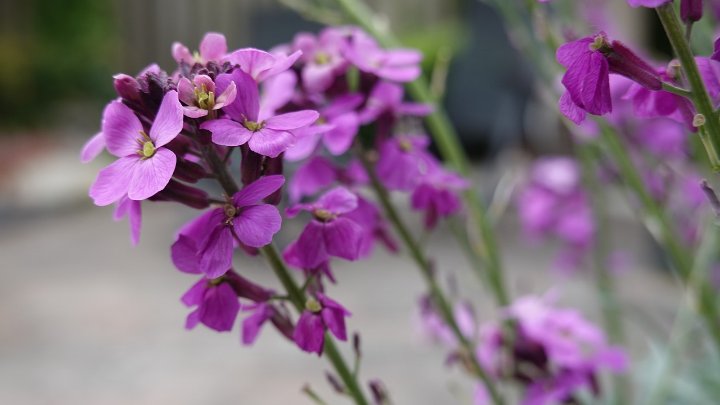
Stock flowers, known for their delightful fragrance, can be planted in late fall for a lovely winter display.
Temperature Tolerance: Grows best in cool weather, ideally at 50-60°F.
Regions: Adaptable for all Texas USDA zones, though avoiding frost-prone areas is crucial.
Dianthus
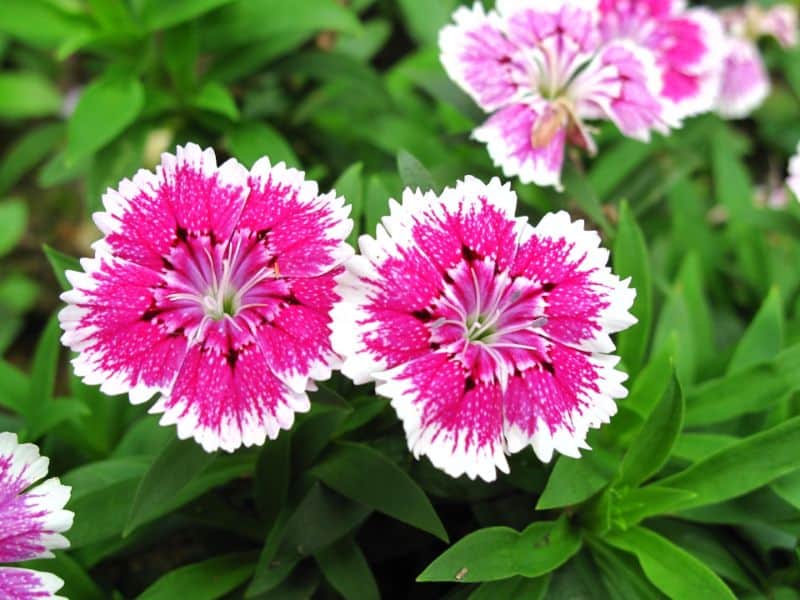
Dianthus plants bring a bounty of colors and scents to gardens.
Temperature Tolerance: Optimally grown in the 50-70°F range.
Regions: Suitable for Zones 6-9.
Violas
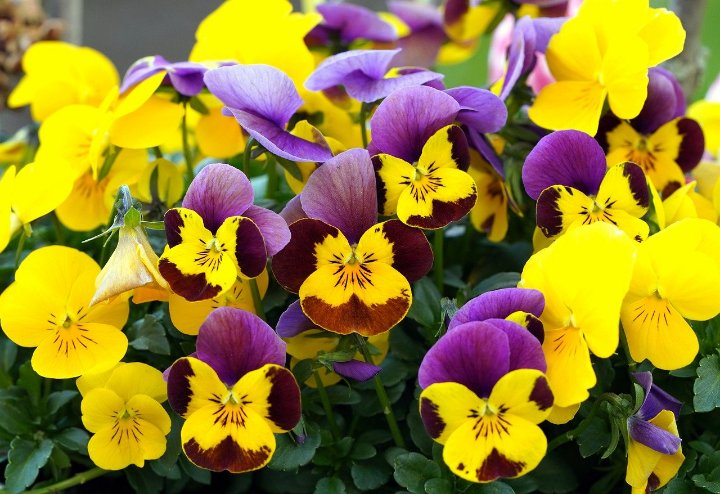
Similar to pansies, violas offer a slightly more delicate bloom and can charm any winter garden.
Temperature Tolerance: Thrive in 45-60°F.
Regions: Great for all USDA zones in Texas.
Calendula
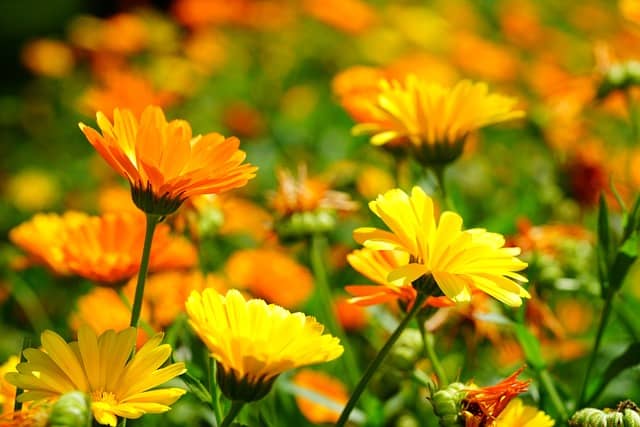
Calendula, or pot marigold, is a hardy flower capable of blooming through winter if planted in November.
Temperature Tolerance: Prefers 55-65°F but can withstand light frost.
Regions: Suitable across all Texas zones, cherished for its cheer throughout winter.
Herbs To Plant
Herbs can enhance both the flavor of meals and your winter garden’s aesthetic. Here are ten herbs perfect for planting in November:
Parsley
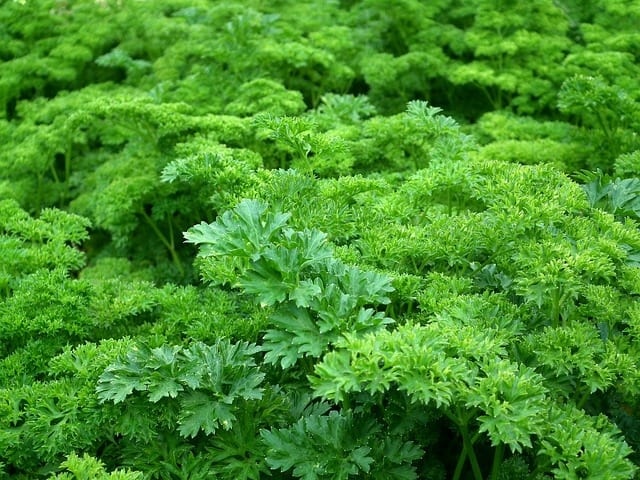
Parsley is a versatile herb that thrives in the cooler months. It can be sown directly into the garden this month.
Temperature Tolerance: Ideal between 50-70°F.
Regions: Suitable for Zones 6-9.
Cilantro
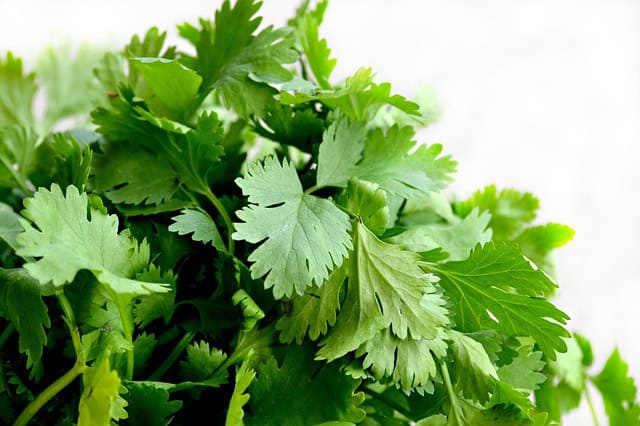
Cilantro, known for its unique flavor, can indeed tolerate cool weather and thrive if planted in November.
Temperature Tolerance: Prefers cooler temperatures around 50-75°F.
Regions: Good for all USDA zones but may bolt quicker in hotter regions.
Thyme
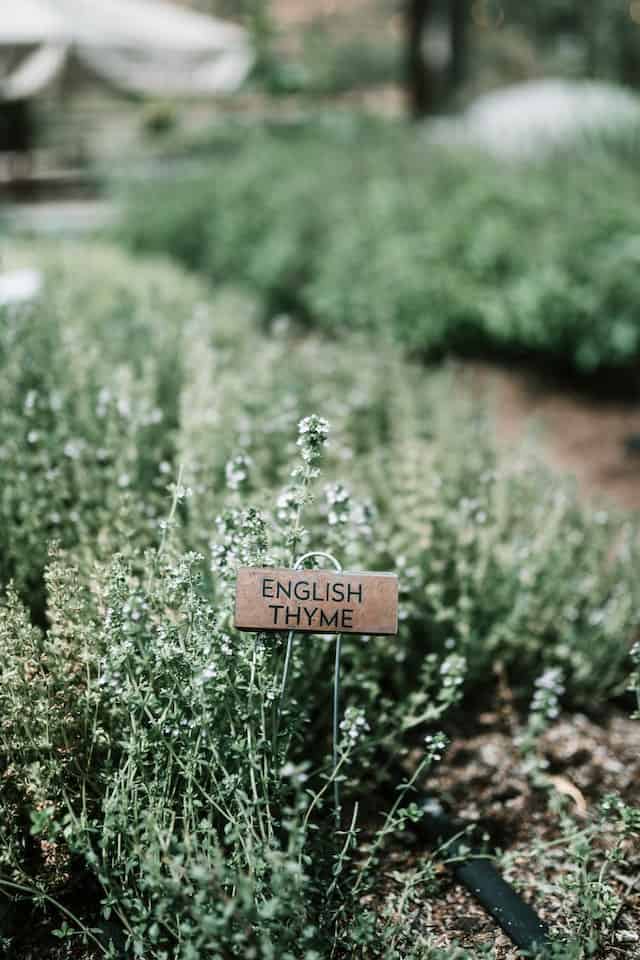
This hardy herb can be planted in November, providing flavor all winter long.
Temperature Tolerance: Grows best in 60-80°F but can tolerate colder conditions.
Regions: Suitable across all USDA zones in Texas.
Chives
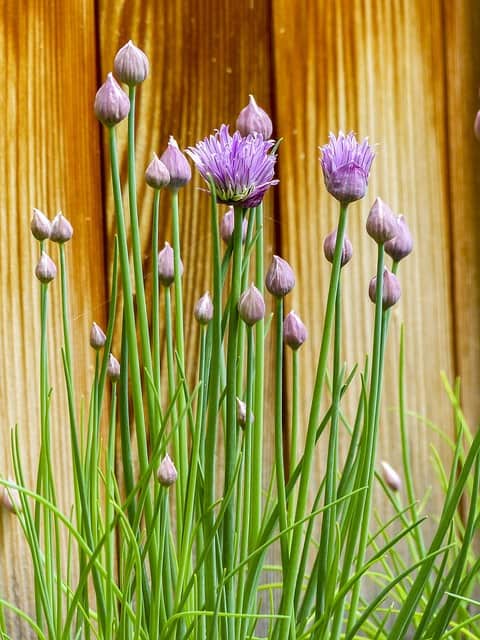
Chives are robust, adding a fresh flavor to dishes and a lovely flower to the garden when allowed to bloom.
Temperature Tolerance: Ideal growth at around 50-70°F.
Regions: Thrives in all zones, though care should be taken in the face of freezing temperatures.
Oregano
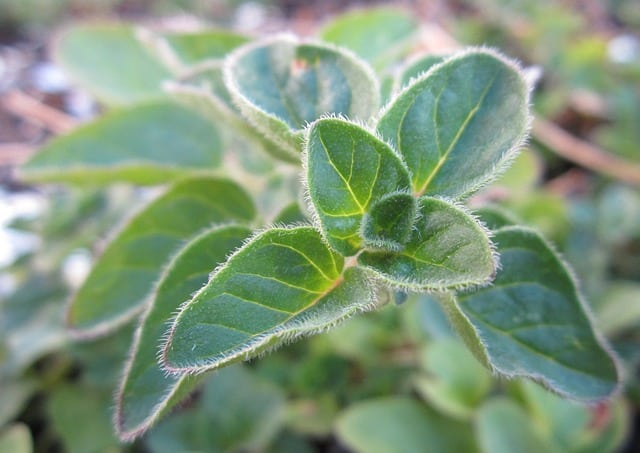
Oregano can be sown in November in mild regions, offering wonderful flavor to winter dishes.
Temperature Tolerance: Prefers 60-80°F, but can withstand cooler temperatures.
Regions: Suitable for all USDA zones.
Rosemary
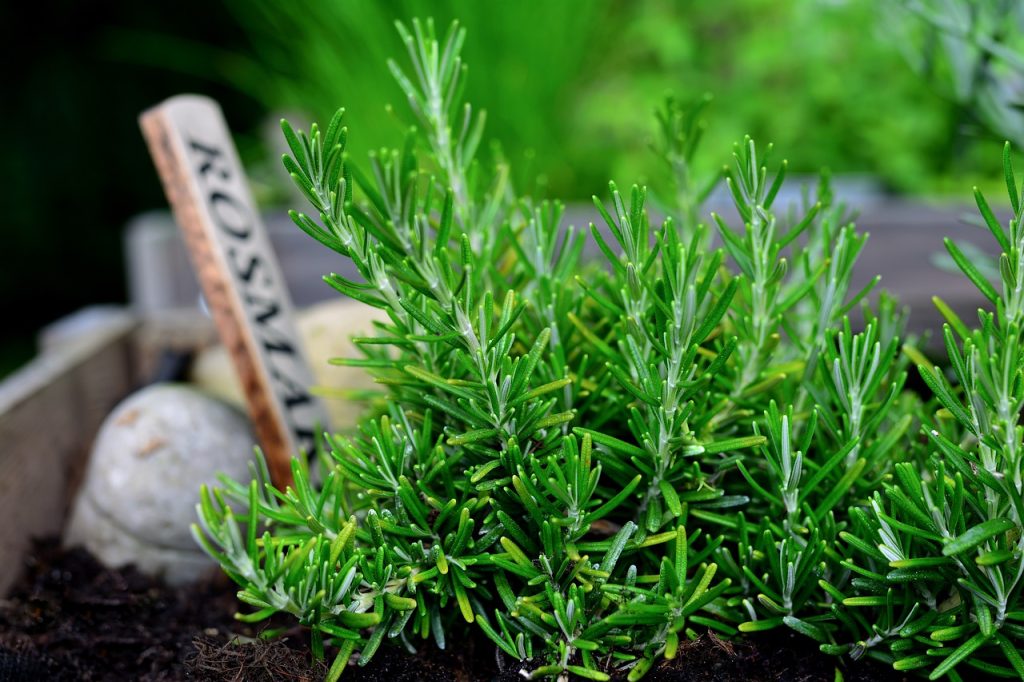
Rosemary, a perennial herb, can be planted for year-round beauty and flavor.
Temperature Tolerance: Thrives best at 50-70°F but can tolerate cooler conditions.
Regions: Particularly suited for Zones 8-9.
Dill
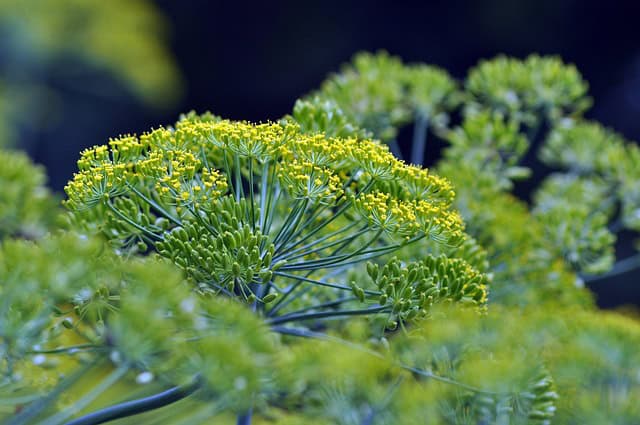
Dill can be sown in November, providing fresh flavor to soups and casseroles in the winter months.
Temperature Tolerance: Grows best in cool weather, ideally at or around 55-75°F.
Regions: Best suited for Zones 7-9.
Sage
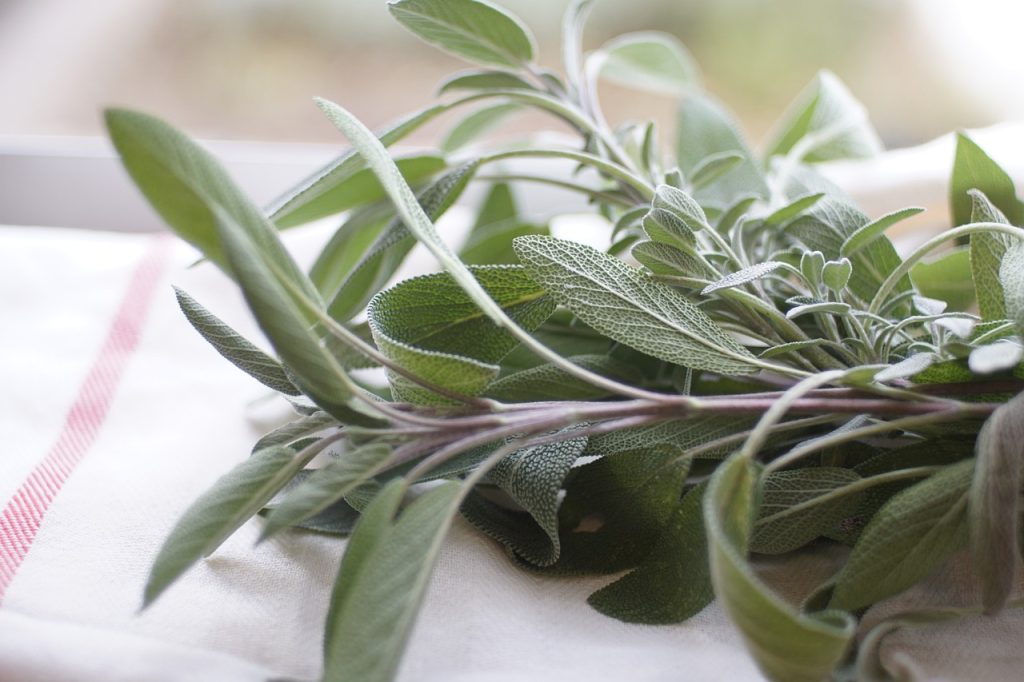
Sage offers both great flavor and visual interest, perfect for planting in November.
Temperature Tolerance: Thrives best in moderately cool temperatures, around 50-70°F.
Regions: Suitable across most USDA zones.
Mint
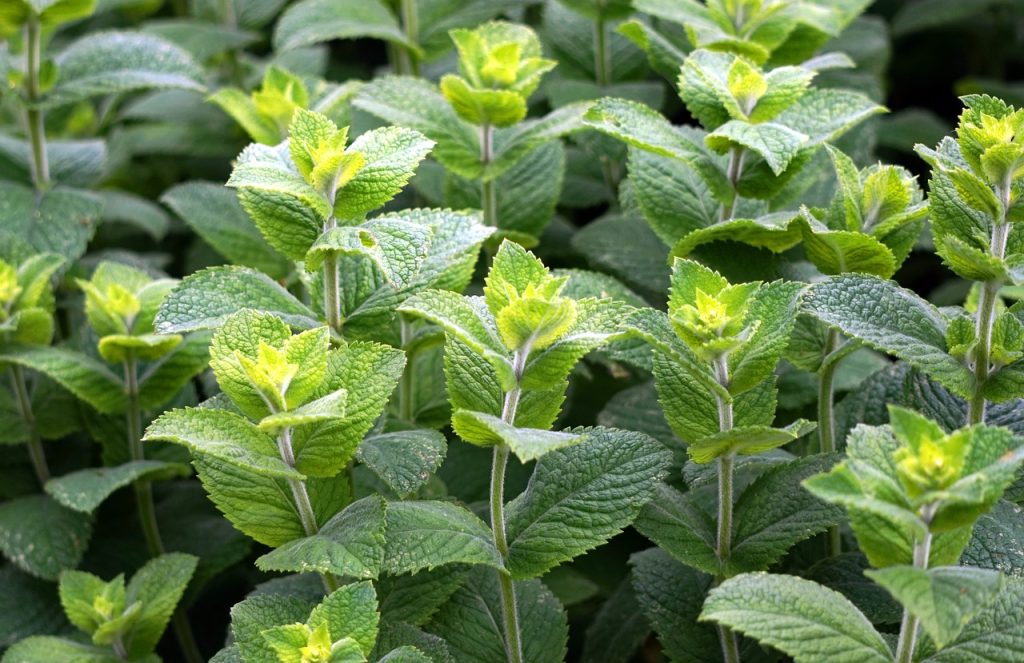
Mint can be an excellent herb to plant in November, offering a refreshing flavor and aroma that can withstand cooler temperatures.
Temperature Tolerance: Prefers mild conditions around 50-70°F.
Regions: Adaptable in all Texas zones, but be mindful of its spreading nature.
Basil
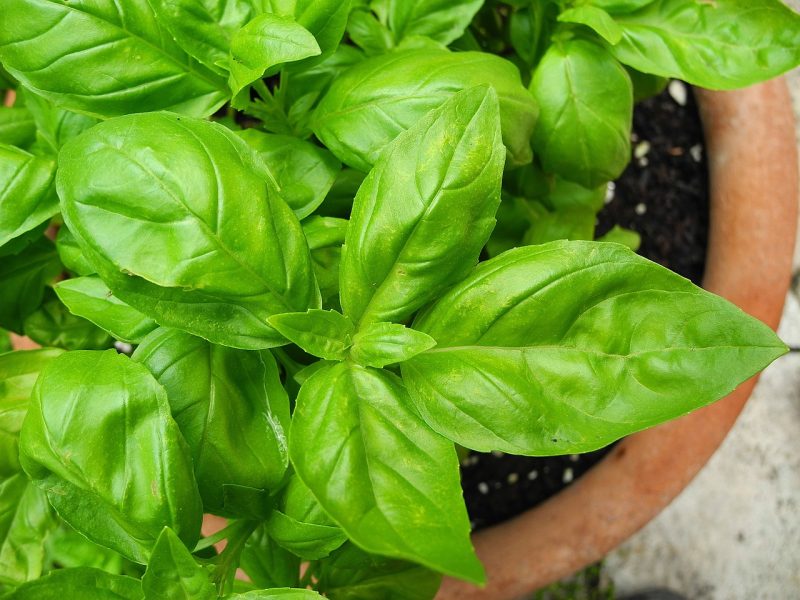
Typically a summer herb, basil can be planted in southern regions of Texas. If you are in a warmer area or in containers that can be sheltered, you can find success in cooler frames.
Temperature Tolerance: Thrives best in warm weather, ideally at 70-80°F.
Regions: Best suited for Zones 9-10 in Texas.
Landscape Plants To Plant In November
As gardening shifts to preparing landscape beds, several hardy plants can be introduced in November to enhance outdoor spaces, as they take advantage of the cooler temperatures:
Texas Sage
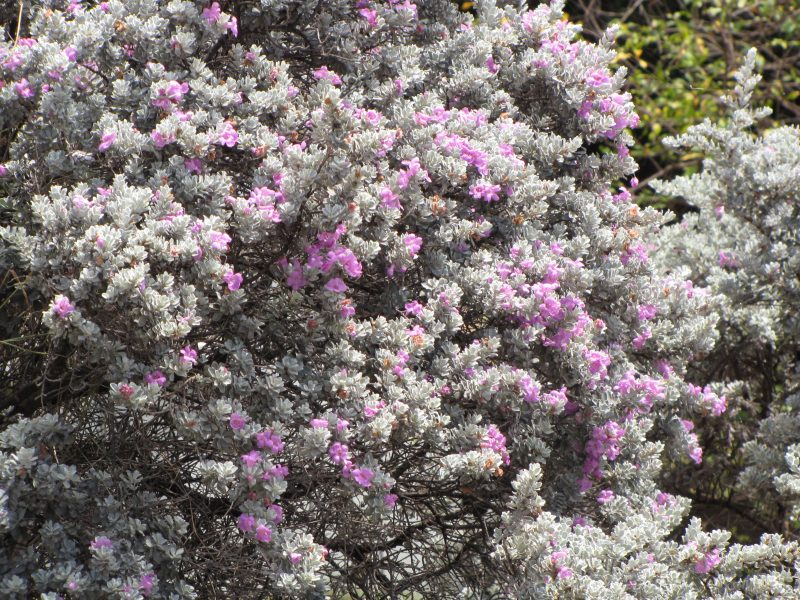
A native to Texas, Texas Sage is extraordinarily drought-resistant, making it ideal for arid conditions.
Temperature Tolerance: Thrives in warm climates but can withstand cold to a point, as it prefers 60-80°F.
Regions: Best suited for Zones 8-10, especially in areas that can experience drought.
Lantana
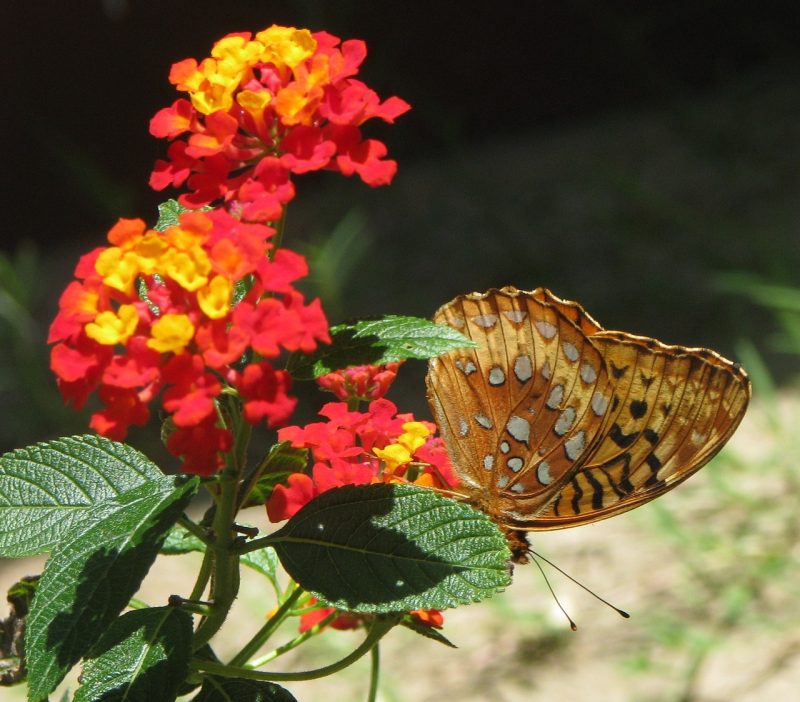
Lantana, known for its vibrant flowers and ability to attract pollinators, can be planted in fall to thrive in warmer months.
Temperature Tolerance: Tolerates a range but thrives best in warmer conditions.
Regions: Ideal for Zones 8-10 in Texas.
Holly
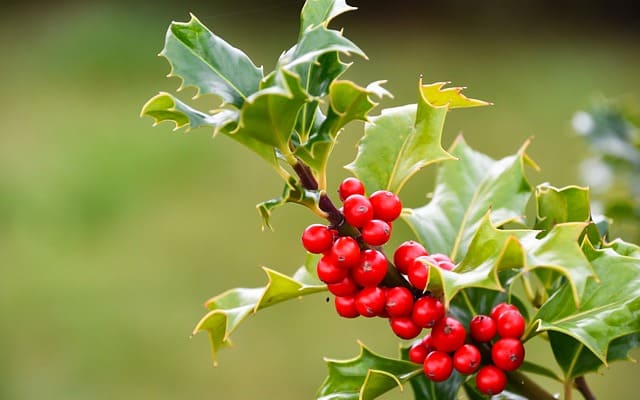
Hollies are popular for their festive red berries and glossy leaves, adding year-round interest to landscaping.
Temperature Tolerance: Hardy in cool to moderate climates.
Regions: Suitable for Zones 6-9.
Mountain Laurel
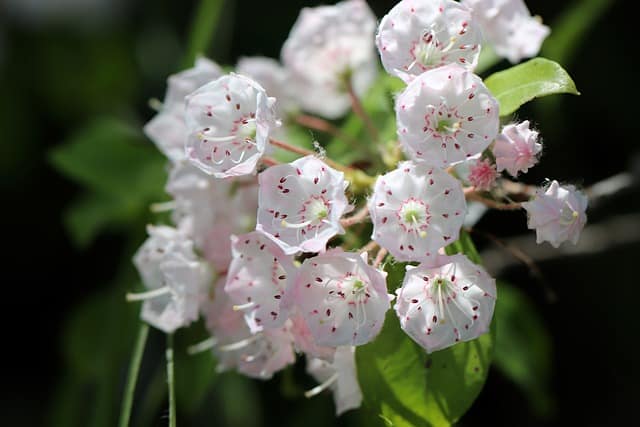
This Texas native is celebrated for its beautiful clusters of purple flowers and resilience in various soil conditions.
Temperature Tolerance: Can withstand cool temperatures, best at 60-75°F.
Regions: Thrives in Zones 7-9.
Agave
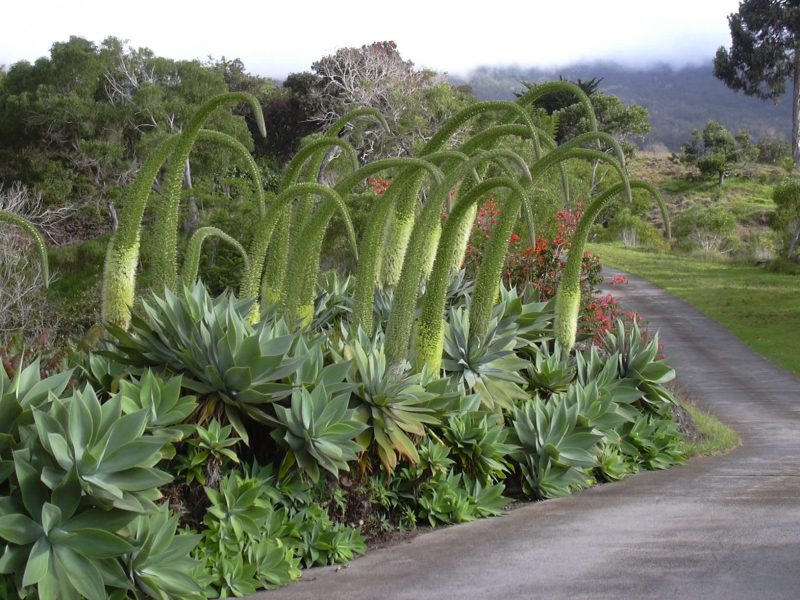
Agaves, known for their unique forms and drought tolerance, can be added to landscapes during November.
Temperature Tolerance: Ideal growth at 60-80°F but highly drought-tolerant.
Regions: Best for Zones 8-11 in Texas.
Autumn Sage
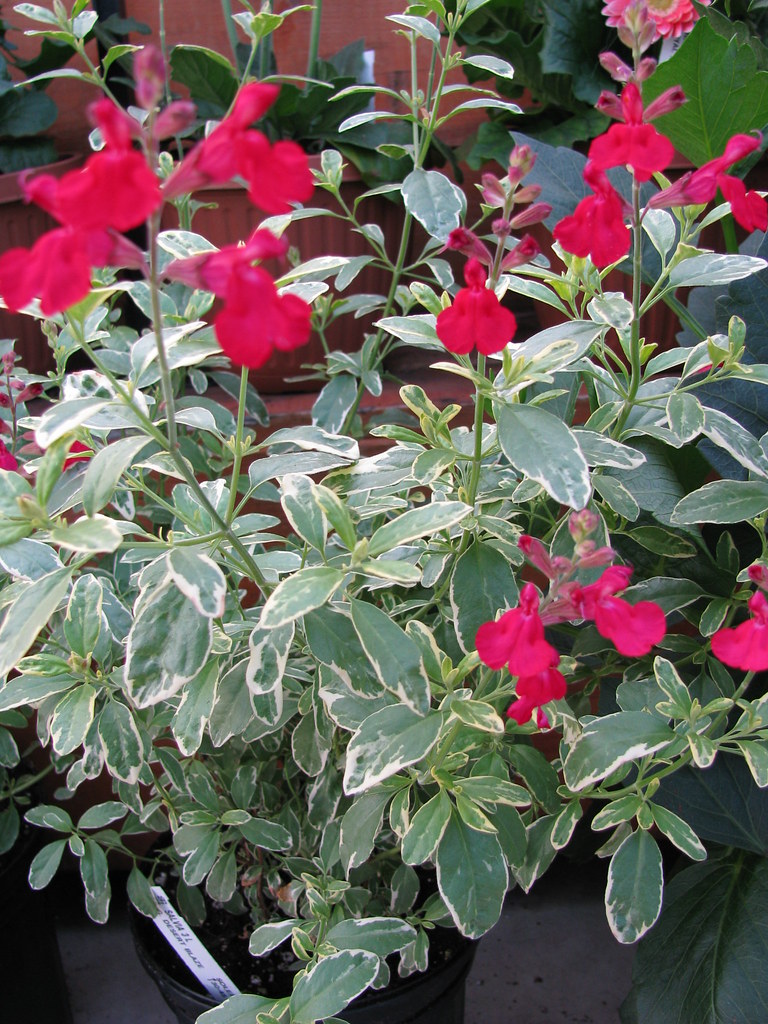
Autumn sage is a great addition for added color and wildlife attraction, particularly beneficial in native gardens.
Temperature Tolerance: Thrives best in sun and tolerates a range of conditions.
Regions: Fits well in Zones 6-9.
Sedum
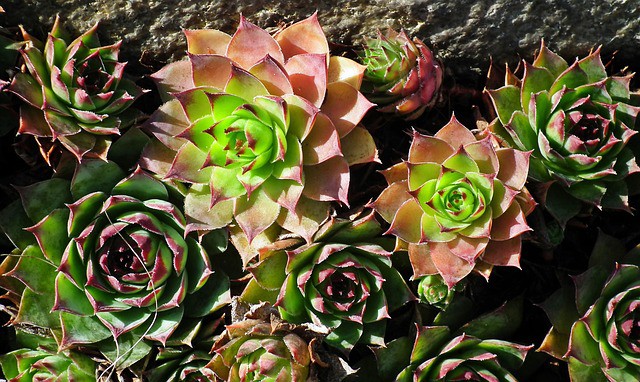
Sedums, or “stonecrops,” offer vibrant foliage and forms, perfect for landscape design and requiring minimal maintenance.
Temperature Tolerance: Thrives in sun and tolerates drought.
Regions: Ideal for Zones 3-9.
Yarrow
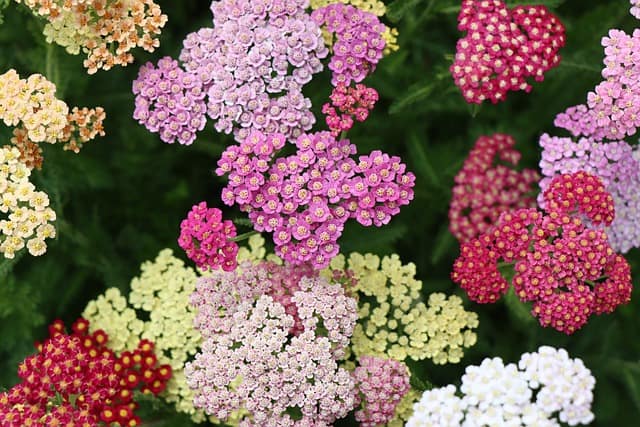
Yarrow, a drought-tolerant perennial, can add visual appeal while attracting beneficial insects.
Temperature Tolerance: Prefers 60-80°F.
Regions: Thrives in all Texas zones.
Daylilies
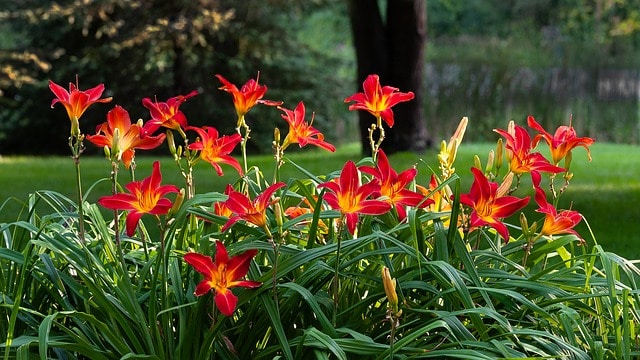
Daylilies are hardy perennials known for their vibrant blooms, adding color to landscapes through various seasons.
Temperature Tolerance: Adaptable to a range but prefers mild conditions.
Regions: Great for all USDA zones.


